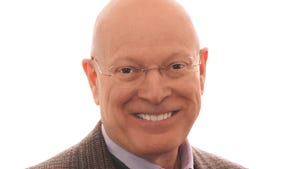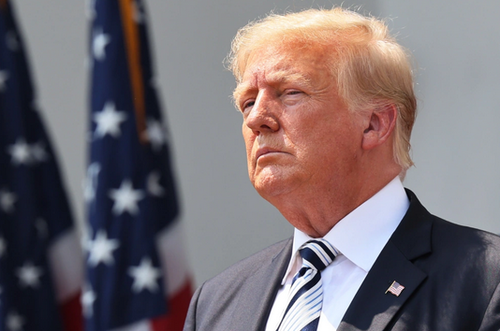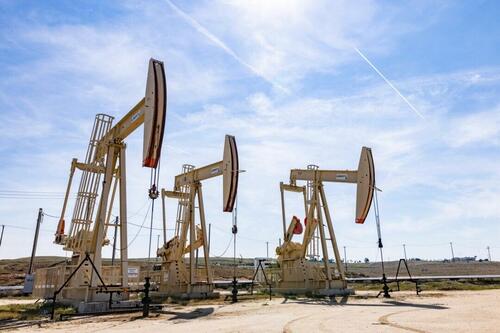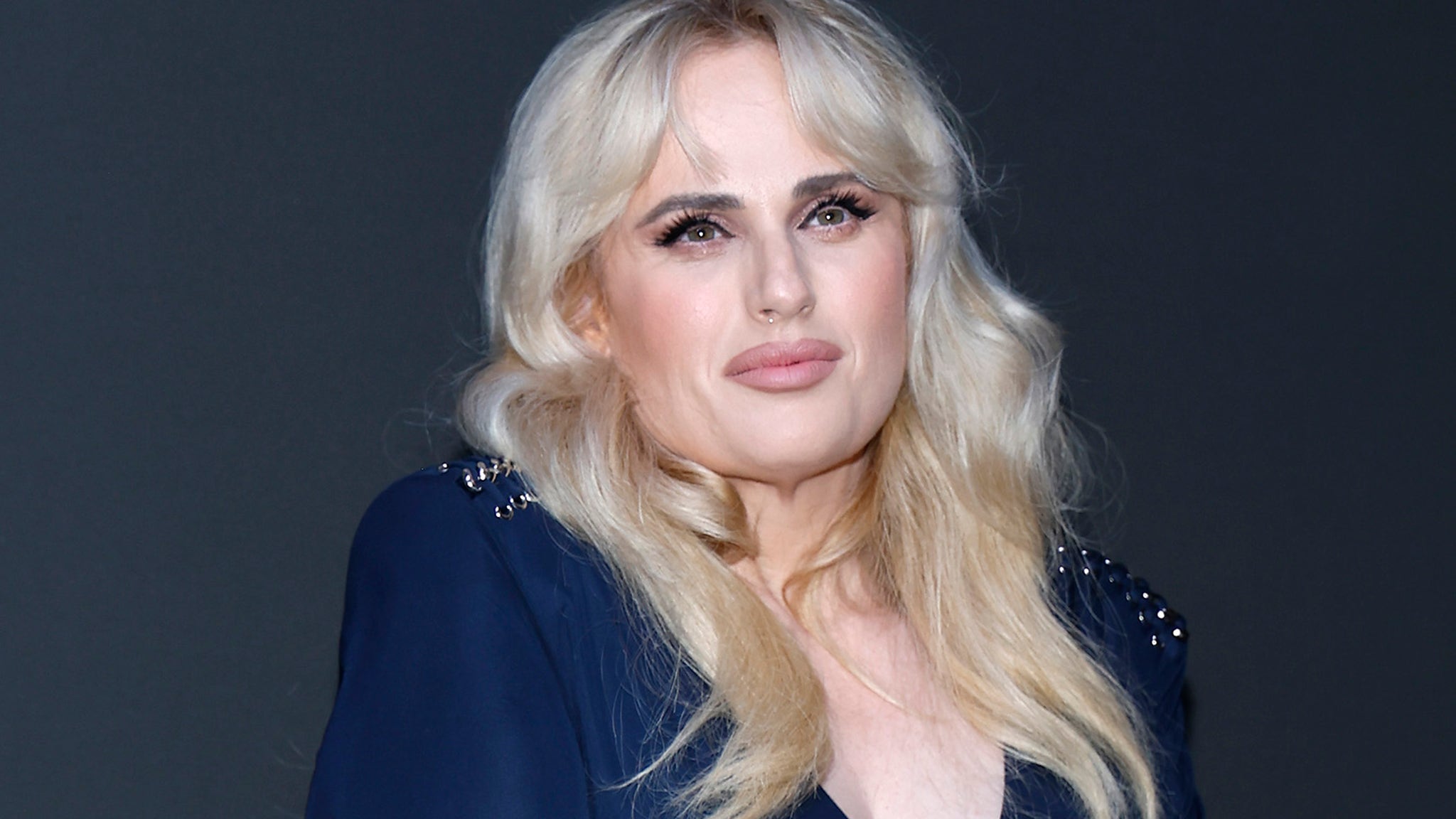Thanksgiving is a good time to reflect on all that is great about America.
There is so much hustle and bustle at this time of year that we tend to overlook the beauty and true meaning behind everything we are doing. Thanksgiving, for example, is a lot more than turkey, filling, potatoes and all the trimmings.
It is more than days spent in the kitchen preparing food, the family, the ruckus, the hanging of Christmas lights, eating everything in sight and then settling in for a football game.

Thanksgiving is a time when we tend to forget what we are, whether Republican or Democrat. We no longer think about our differences. The issues at the beginning of November that caused us to have an upset stomach and to attack others on social media are, for the most part, safely tucked away on a shelf until after the first of the year.
Right now we have something else to think about. Should we have mashed potatoes, or Grandma’s recipe for candied sweet potatoes? Maybe both. Nothing could be more important.
Just a week ago, our nation seemed so divided, perhaps at a distance topped only by the 1860s. But now there is Thanksgiving, and our thoughts turn to caring for family, friends and neighbors.
It is important to remember the real history of Thanksgiving and how two groups of very different people, with conflicting values and beliefs, came together to celebrate. They were not Republicans and Democrats. They were white immigrants from Europe and native Indians who lived, perhaps for thousands of years, in what became America.
These two disparate peoples were not concerned with their differences. Or their backgrounds. Or their race. Or their skin color. Or their religions. Or social issues. Rather, they were concerned with their common purpose. To survive. To share. And to learn from one another.
The Indians accepted the immigrants with open arms, at least for a while. In fact the Indians were key to the survival of the immigrants, teaching them to farm, tap trees for their nectar, to hunt and to persist.
The Indian nation was the Wampanoag, and these people were key to the first Thanksgiving.
When the Mayflower arrived at Plymouth Harbor in December 1620, the Pilgrims settled in an area that was once a Wampanoag village abandoned years prior following an outbreak of plague, spread earlier by European traders. In fact, the Wampanoag numbered up to 100,000 people in 69 villages throughout what became Massachusetts and Rhode Island. The European plague had killed more than half of the Wampanoag people. Others had been captured and sold as slaves.
Even then, the Wampanoag accepted the people on the Mayflower. Perhaps because the Wampanoag believed the Pilgrims were peaceful, since they brought their women and children with them, which to the Wampanoag was a sign of peace.
During the first winter, the Pilgrims remained on the Mayflower. Half of them succumbed to the elements, illness and scurvy. Then in the spring, several Indians approached the surviving Pilgrims, befriended and helped them. The Indians taught the Pilgrims to plant corn, to fish, to gather berries and nuts. As a result the Pilgrims entered into a treaty of mutual protection with the Wampanoag.
That fall, at what might be thought of as the first Thanksgiving, the Wampanoag and the Pilgrims did not plan to sit down for a big dinner. Rather, after harvesting their first crops, the Pilgrims went bird hunting. The Wampanoag heard the gunfire and believed the Pilgrims were being attacked. They rushed to their defense.
As a result, the Wampanoag were invited to stay for the Pilgrims’ first feast. But there was not enough food, because 90 warriors had shown up to defend the Pilgrims. So the Indians themselves went hunting, killed five deer and presented them as a gift to the Pilgrims for the feast.
This harvest feast became the first Thanksgiving and lasted for three days. The Wampanoag and the Pilgrims sat together and ate venison, turkey, other game birds, waterfowl, perhaps seafood, maize bread, pumpkin and squash.
The peace, mutual respect and caring between the Indians and the Pilgrims did not last, once greed took hold of the Europeans. But for some time, the Wampanoag and the Pilgrims were able to celebrate how they came together and worked toward a greater good.
As we consider the history and meaning of this first Thanksgiving, wouldn’t it be swell if we could each internalize the hope and strength of working together for the common good. The Wampanoag gave everything. They now number less than 5,000 people. Without them, you would not be enjoying Thanksgiving as we know it today. And our Pilgrim fore-bearers would not have survived without them.
When we share victories and overcome struggles together, we experience hope and strength and mutual respect. These are universal characteristics. They are not Republican or Democrat. Not conservative or liberal. Not black, white, red, yellow or tan. Not man, woman or preference. Not citizen or immigrant. Not straight or LGBTQ+. Not one religion or another. These are American traditions that need to be honored and respected.
Remember who you are on this Thanksgiving and from where you came.
Yes, there is hope.
Bill Gindlesperger is a central Pennsylvanian, Dickinson College graduate, Pennsylvania System Of Higher Education (PASSHE) Governor, Shippensburg University Trustee, and Chairman of eLynxx Solutions. eLynxx software coordinates and drives communication, specifying, approval, procurement or production, reporting and activities necessary to obtaining direct mail, marketing materials, promo and all other printing. He is a board member, campaign advisor, successful entrepreneur, published author and commentator. He can be reached at[email protected].
















